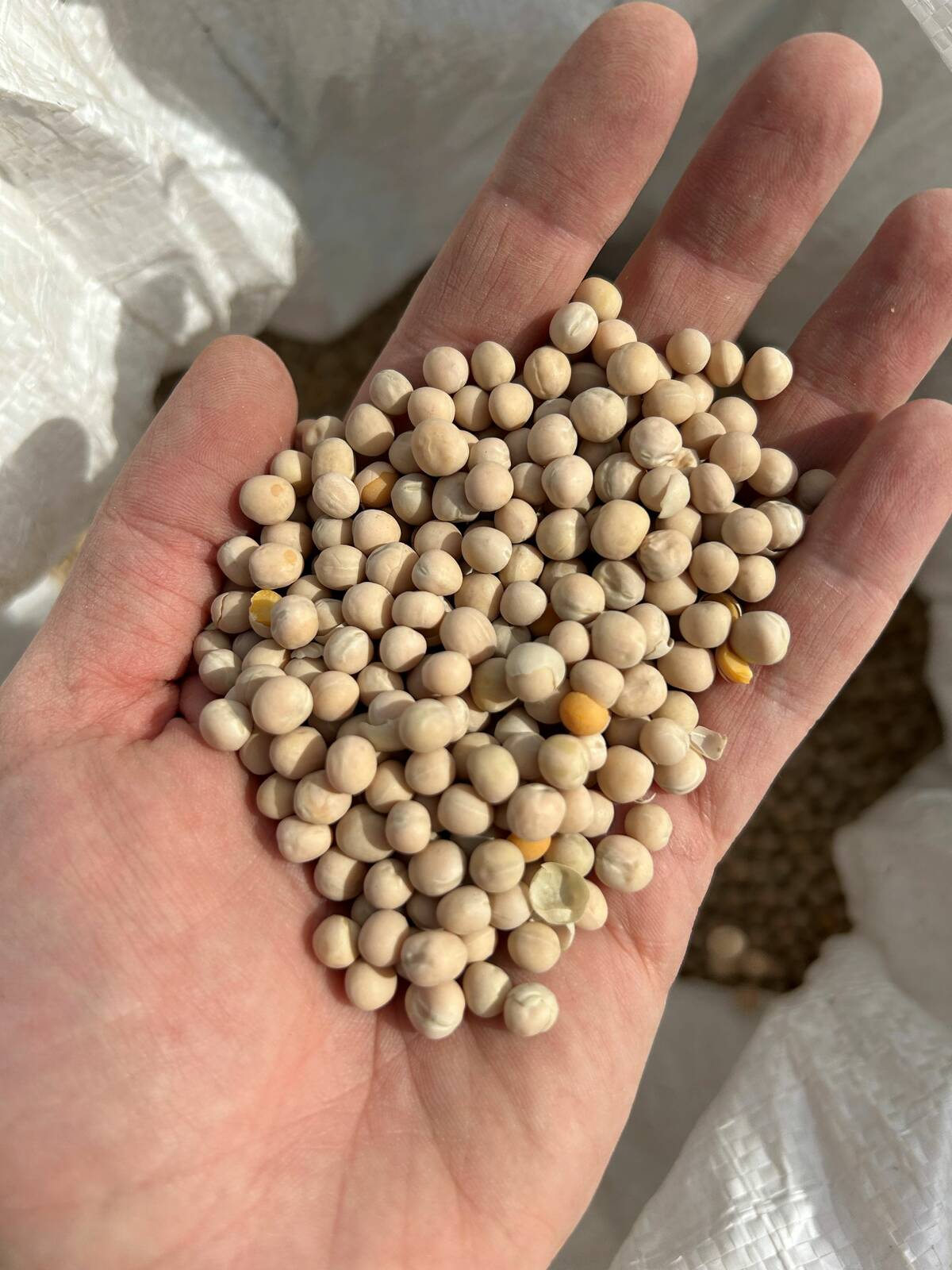Giving growers a wider window to spray in-crop weeds with glyphosate, the new platform for Monsanto’s future canola trait stacks is now booked to make its way into the Canadian market next year.
The U.S. seed and chemical company’s Canadian arm announced last week it plans to commercialize TruFlex canola in 2019, following plot trials and field demonstrations scheduled to run this year at “several locations” in Western Canada under a “robust” stewardship plan.
Monsanto has had TruFlex technology on hold for about seven years pending regulatory approval from canola-importing nations — including China, by far Canada’s biggest export customer for canola seed, which has yet to sign off on the technology.
Read Also

Pulse Weekly: Tariffs guide yellow peas in 2025
Tariffs were a major influence on Canadian yellow pea prices in 2025, with levies imposed by China and India. The two countries are Canada’s biggest foreign pulse buyers.
TruFlex, Monsanto said, will be the company’s “next-generation” canola trait and its first new biotech trait in canola since it introduced Roundup Ready canola in 1996.
The TruFlex canola system is expected to “enable a wider application window, providing growers with up to 10-14 more spray days than our current technology,” extending past the six-leaf stage “all the way to the first flower.”
The system is also meant to allow growers more flexibility in spray rates and help them choose “the right rate for the unique weed challenges they face.”
TruFlex canola will allow growers the option to apply the company’s Roundup WeatherMax glyphosate herbicide in-crop at a rate of 1.33 litres per acre for a single application, or 0.67 litres/acre for two applications, controlling 24 new weed species.
That’s compared to the maximum permitted rate of 0.5 litres/acre for a single application or 0.33 litres/acre for split applications with the company’s current Genuity Roundup Ready canola lines.
However, a Monsanto representative emphasized via email, that doesn’t mean a TruFlex canola grower will always use the higher TruFlex rate.
“We encourage farmers to use the right rate at the right time for the targeted weed spectrum,” the company said. “The higher rates permitted with TruFlex canola will allow farmers to control those tough-to-control weeds if required, without affecting crop safety.”
“Dandelions, foxtail barley and wild buckwheat are some examples of tough-to-control perennial and annual weeds that will have improved control with the TruFlex canola system compared to our current technology,” David Kelner, Monsanto’s North American canola portfolio manager, said in a release, referring to the company’s Genuity Roundup Ready canola system.
“As well, the flexibility in spray rates will allow for control of a much wider spectrum of weeds, with the ability to control new weeds such as yellow foxtail, biennial wormwood and common milkweed.”
Both the Canadian Food Inspection Agency and Health Canada have long since signed off on TruFlex, having granted full food, feed and environmental safety approval for the new trait in June 2012.
Import approval from China “should be granted in the first quarter of 2019,” said Monsanto, which applied for China’s approval of the trait in late June 2012.
Approvals are also pending from India, where Monsanto applied in May 2013 for permits for import of crude and processed TruFlex canola oil, and from Vietnam, where Monsanto filed for TruFlex approval in late 2015.
TruFlex technology, “in my mind, should’ve been in the Canadian market three or four years ago,” Robb Fraley, Monsanto’s chief technology officer, told reporters on a conference call in January this year.
Approvals have been received over the past seven years from regulatory agencies in Japan, Mexico, the U.S., Australia, South Korea, Taiwan, the Philippines, Colombia and the European Union’s European Food Safety Authority.
The most recent such approval came from Singapore, whose Agri-Food and Veterinary Authority signed off on the trait in March last year. — AGCanada.com Network
















